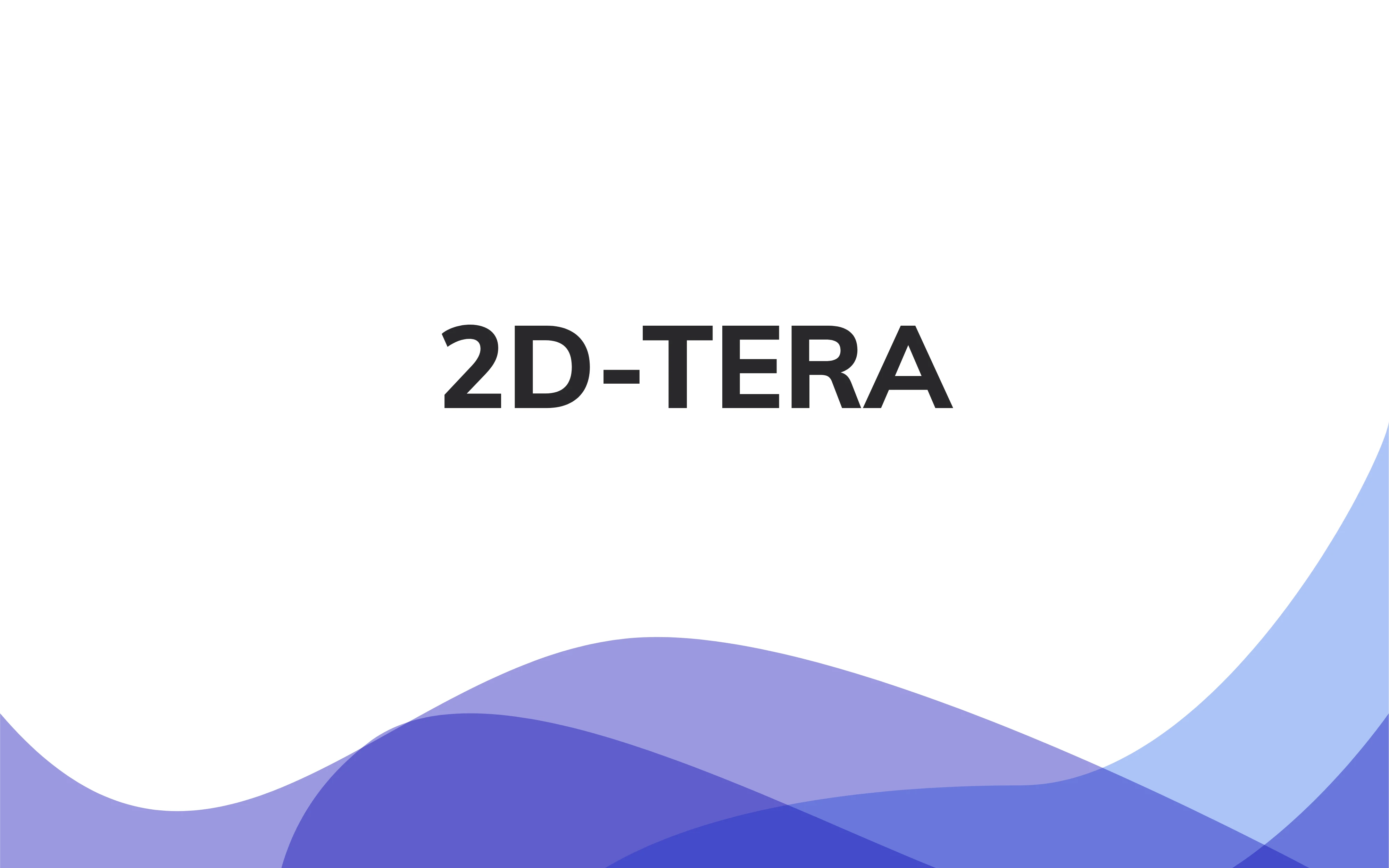- Postdoctoral fellowship
- THz waves
Smart Waves 2025 - 2D-TERA

Project leads: Sukhdeep Dhillon and Yanko Todorov
Participating institutions: ESPCI Paris – PSL and ENS – PSL
Project summary:
Semiconductor heterostructures based on 2D materials — i.e., stacks of ultra-thin layers of different materials — have seen significant advancements in recent years. Recent studies show that they can combine complex electronic and magnetic effects. However, these structures remain underutilized and relatively inefficient for manipulating terahertz (THz) waves due to weak light–matter interaction. This limitation arises from the atomic-scale thickness of 2D materials (around 0.5 nanometers) compared to the much longer wavelength of THz waves (around 300 micrometers).
The 2D-TERA project aims to overcome this limitation by developing a novel approach to fully confine THz waves in all directions at sub-wavelength scales. By tightly concentrating THz waves around the 2D materials, their interaction with matter can be significantly enhanced. This will enable better control and modulation of THz wave emission arising from electronic and magnetic phenomena within 2D heterostructures.
More specifically, the project will focus on enhancing THz emission through nonlinear and spintronic processes (related to electron spin), by increasing wave–material coupling. To achieve this, it will use specially designed microcavities that vertically confine the waves (using quarter-wavelength cavities) and surface resonators for lateral confinement. These resonators will be engineered to enhance both magnetic and electronic nonlinear effects.
2D-TERA is a new collaboration between LPENS, with expertise in 2D materials for THz photonics, and ESPCI, a leader in THz cavities and extreme light–matter coupling. This original synergy will lay the foundation for a new research area: controlling THz waves at the atomic monolayer scale, paving the way for next-generation photonic and optoelectronic devices based on 2D materials.